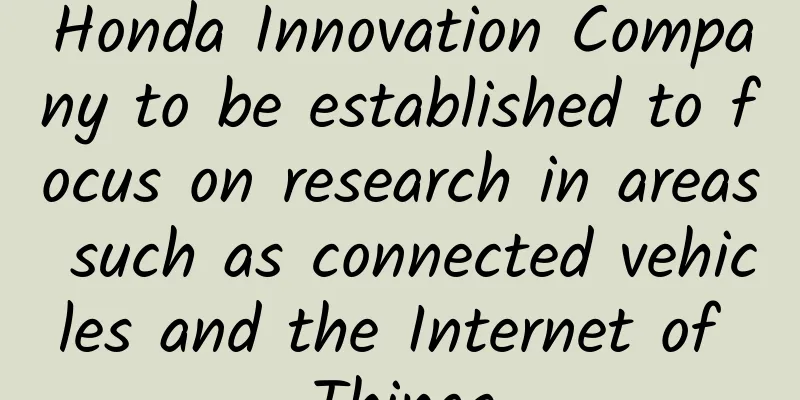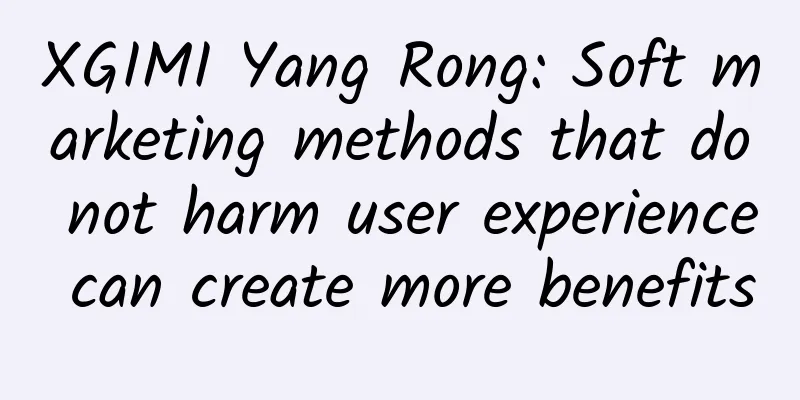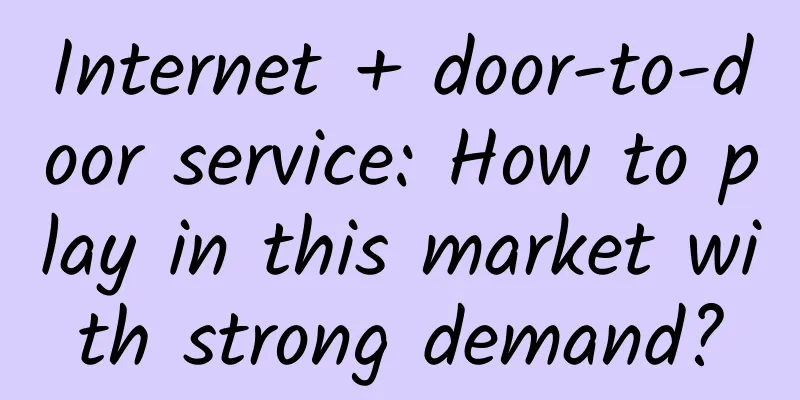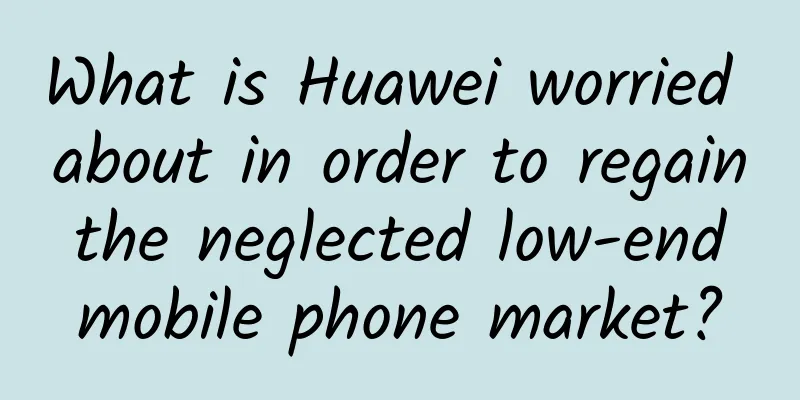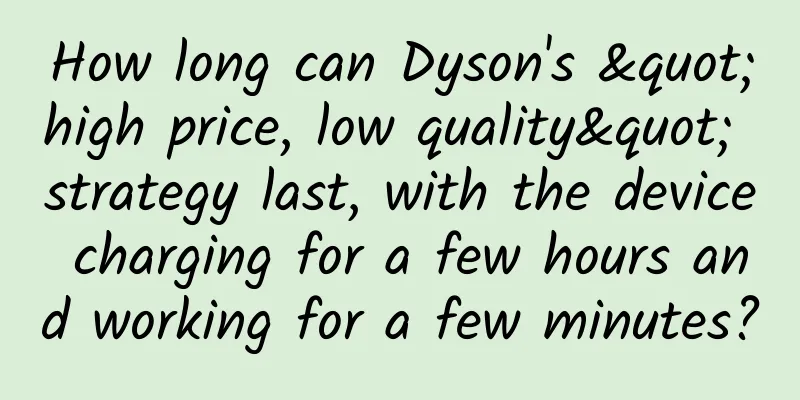APIs you must know in Html5

|
The following is a summary of some HTML APIs that we have learned before. There are many functions and interfaces in HTML5 that are worth understanding and learning. Page Visibility API Full Screen API --full Screen Get Media API--getUserMedia Battery API --battery Resource preloading API--link Prefetching Page Visibility API This API can be used to detect the visibility of a page to the user, that is, to return the status change of the page or tab tap that the user is currently browsing. It takes effect when the browser is minimized or the tap page is switched. (If you need to switch between several webviews in the app, you can use the pageVisibility interface to monitor and process the corresponding events.) Introduction to page visibility 【document.hidden】 This value indicates whether the page is visible. The value is a boolean value. 【document.visibilityState】 This visibilitystate can have three possible values: [visible] Indicates that the page is the frontmost page and is not in a minimized window [hidden] means that the page is not the front page or is in a minimized window [prerender] Indicates that the page content is being re-rendered and the page is not visible to the user. 【isibilitychange Event】*Monitors window visibility change events Relevant code:
The benefits of page visibility What can we do with the changes in visibility? We can control those pages that refresh content regularly. When the page is not visible, it will not refresh. When it is visible, it will refresh. We can also pause and resume audio and video playback based on whether the page is visible. We can also calculate more accurate data on the number of users on our website who stay on this page based on page visibility, rather than just opening the page but not staying on this page. Full Screen APIFull Screen API This API allows developers to programmatically run web applications in full screen, making web applications more like local applications. Very simple and useful API. Introduction to Full Screen The FullScreen API is very simple to use and has two modes: Launching Fullscreen Mode
Exit FullScreen Mode Exit FullScreen Mode
Full Screen related properties and events Currently, there are still compatibility issues with fullscreen, and many browsers that can use it still need to add relevant prefixes to their corresponding properties and events. 【document.fullScreenElement】 This property indicates the element that starts the full screen (such as video) [document.fullScreenEnabled] This property indicates whether the current screen is full screen 【fullscreenchange event】 Listen for fullscreen status change events Full Scrren related There are some CSS properties about fullscreen in CSS
Summary of FullScreen The first time I saw this API was when I was looking at some mobile novels and mobile comics websites, and found that it had a full-screen viewing function. The full-screen API may have compatibility issues at present, but I believe it will definitely be a highly used API in the near future. getUserMedia API The API allows web applications to access the camera and microphone without the use of plug-ins. The API is fully supported on the client side, but is still not available on the PC side. Introduction to getUserMedia API First read the following html
Related JS code
Once we have confirmed that the current browser supports getUserMedia, we can use a simple method to assign the src video address of our current video element to the local video of the user's mobile phone, and then use the video's play method to start and connect the local video. In this way, we can use the local player to play it. Battery API This is an API for mobile device applications, mainly used to detect device battery information. Introduction to Battery API
Why get battery information API Why do we need to use the battery API? Nowadays, many mobile apps are embedded with web browsers (no longer completely native applications). So we need a way to get system information. Some processes in the app are very power-consuming, so we need to give users some warning messages when they start the app to tell them that the current battery level of the device is low. This is a very important and simple API. It will play its due role in the near future. Link Prefetching Preload web page content to provide a smooth browsing experience for viewers. We occasionally use this API in our business. What is link preloading? Link prefetching is a browser mechanism that uses the browser's latest time to download or preload documents that the user may browse in the near future.
When to use link preloading Whether to use preloading on your own website, you can refer to the following points: When you are making a slideshow-like web page, you need to load nearly 1-3 pages in advance (assuming these pages are not large) Preload images that are used by many pages on your site Preload the results page for site searches |
<<: Why don’t startups choose to develop Android apps first?
>>: Ctrip and Qunar’s marriage: Can the promised independent development be achieved?
Recommend
5,000-word review: The logic behind Kuaishou’s 3 million followers gain in a month!
On Kuaishou , the number of followers of self-ope...
Cut off 20% of the notch, behind Apple's "toothpaste squeezing": the pain and suffering of under-screen 3D visual technology
At the recent Apple conference, one of the highli...
0.4% of travel accounts for 55% of carbon emissions? | Expo Daily
0.4% of travel accounts for 55% of carbon emissio...
Developers share: 20 tips and tricks for using Unity
Unity is a very popular game development software...
Taobao weight loss: What is website over-optimization? How can SEO prevent over-optimization?
The basic meaning of seo is search engine optimiz...
Banners, patches, information streams... Among so many advertising formats, which one is more efficient?
In recent years, programmatic advertising has bec...
Qinling giant panda family has four generations living under one roof
In the past two days, the news that the Qinling g...
Are 400 numbers useful? What are the functions of 400 numbers?
There are two main ways for enterprises to handle...
Beginner’s guide to copywriting: What’s the difference between a copywriter with a monthly salary of 3,000 and one with a monthly salary of 30,000?
It is said that the chain of contempt of advertis...
Xiangxiang SEO Training: How to view the 404 page of the website?
Q: What do you think of 404? A: 404 means the pag...
Someone has made a bold assumption about how to destroy the sun. Is this possibility possible?
This article is based on answering a similar ques...
What is the significance of Alibaba Pictures’ efforts to create Internet + movies?
Since Alibaba Ventures acquired a stake in Huayi ...
The deadline for the new mobile game policy is approaching, and some manufacturers may "go overseas" to make a living
The "Notice on the Management of Mobile Game...
What fun words can be added to a tap on WeChat? WeChat tap method to add suffix text and interesting text summary
WeChat's tap function has been played around ...
Must you buy Q5 or X3? Jeep Grand Commander is more suitable for mountaineering
Recently, the application pictures of GAC Fiat Ch...
